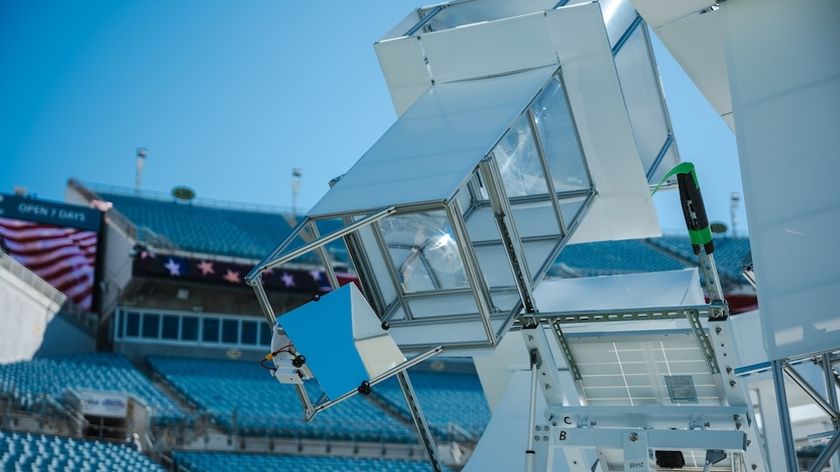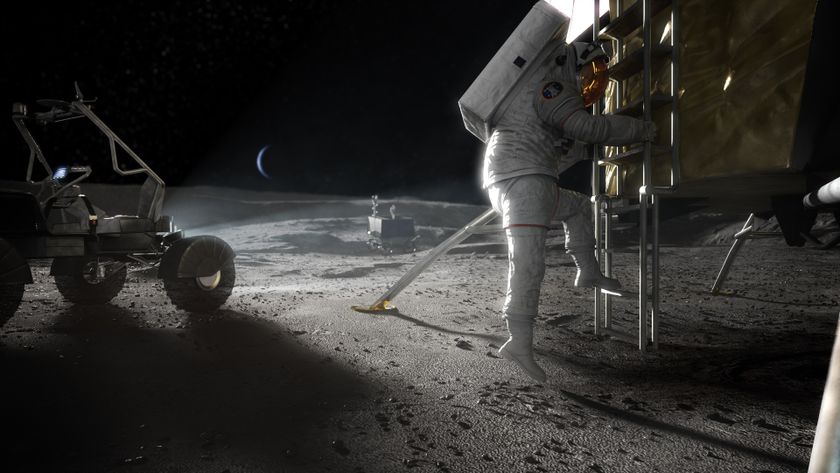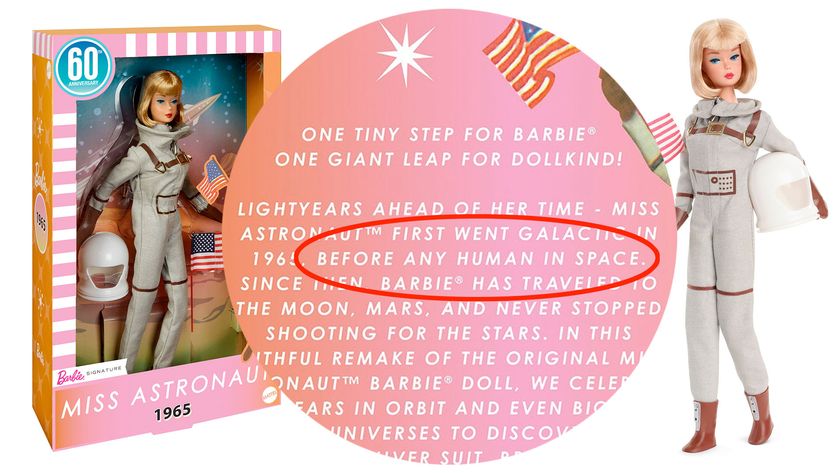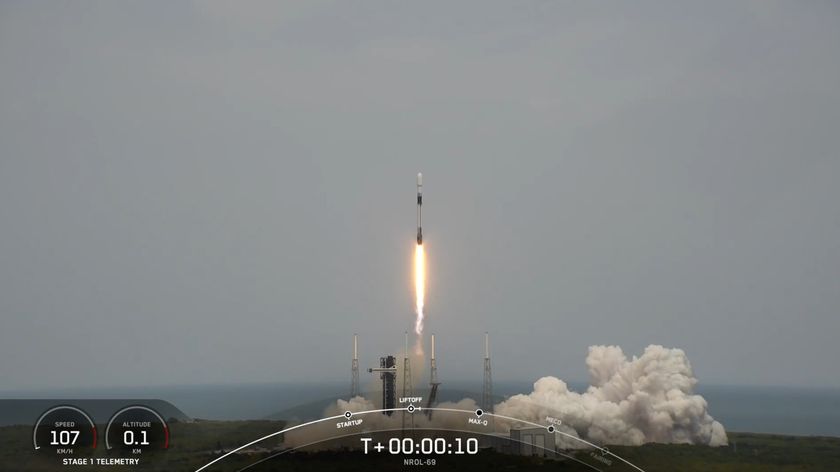How satellite technology made it into 2024 Olympic swimsuits
2024 Paris Olympics swimsuits use water repellent technology similar to the kind found on satellites.

The swimsuits worn at the 2024 Summer Olympics leverage a similar technology used to protect satellites in space.
Fastskin LZR swimsuits — a collaboration between Lamoral and Speedo — are coated in a durable water repellent that's also used to protect satellites from cosmic radiation. Thanks to this technology, swimmers are able to glide more easily through the pool.
"Our new development with Lamoral underpins [Speedo] Aqualab's mission to push the limits of swimwear design through innovation," Simon Breckon, senior vice president at Speedo, said in a statement released by Lamoral Coatings. "We've retained all the brilliant properties that make Speedo Fastskin suits the world's fastest, the world's best just got even better."
Related: Here's what the 2024 Summer Olympics in Paris look like from space (photos)
Tech suits, as they're called, can have a big impact on swimmers' performance. Ultimately, the goal of Speedo's Fastskin LZR Intent 2.0 and the Fastskin LZR Valor 2.0 is to reduce friction, or drag, in the water and improve hydrodynamics.
Lamoral's innovative water repellency technology is a lightweight fabric coating that offers a feeling of weightlessness. It has the lowest water absorption rate with six times more durable water repellency, according to the statement.
"When you see athletes splash themselves or you see them getting out of the water, they're glistening because you see these water droplets kind of running off of them," Coora Lavezzo, Speedo's head of innovation, told USA Today Sports. "And that's really down to the water repellency that we use."
Get the Space.com Newsletter
Breaking space news, the latest updates on rocket launches, skywatching events and more!
For swimmers competing in the 2024 Summer Olympics in Paris, their choice of tech suit could cost them a gold medal. Olympian Ryan Murphy stated that he glides further off the wall in his tech suit, compared to his training suit, estimating that his tech suit shaves about a second off his times for every 50 meters, USA Today Sports reported. And that could very well be the second separating first and second place.
The Lamoral coating used on satellites helps protect the spacecraft from long-term exposure to harsh sun radiation and extreme cold in space.
Join our Space Forums to keep talking space on the latest missions, night sky and more! And if you have a news tip, correction or comment, let us know at: community@space.com.

Samantha Mathewson joined Space.com as an intern in the summer of 2016. She received a B.A. in Journalism and Environmental Science at the University of New Haven, in Connecticut. Previously, her work has been published in Nature World News. When not writing or reading about science, Samantha enjoys traveling to new places and taking photos! You can follow her on Twitter @Sam_Ashley13.











